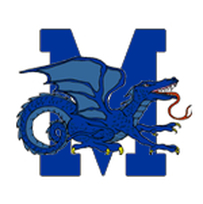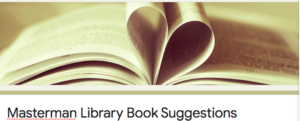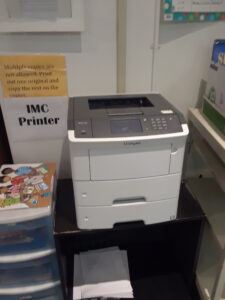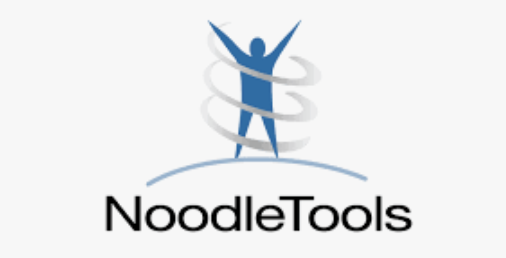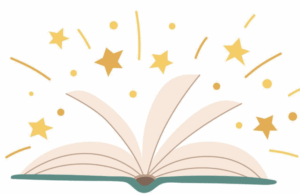Printing
The Lexmark printer is up and running again in the library study room. Make sure your printer is connected to this IP address for the printer: 10.36.101.107. You can print from anywhere, but pick up your printing at the end of the day–don’t waste paper. Please note: the printer has been moved from the Study Room to beside the Teacher’s Copier in the library lobby.
You can add the library printers to your Chromebook by following these steps:
- Go to the assignment you want to print. Select See More. . . from the dropdown print menu.
- Look at the bottom left-hand corner. Click Manage.
- Select Add Printer.
- Give the printer a name, then type this IP Address: 10.71.16.29
- Fill in this for Protocol: Line Printer Daemon.
- Fill in this for Manufacturer: Lexmark (dropdown menu).
- Fill in this for Model: MS420 series (dropdown menu).
- Return to the original assignment. Refresh the page.
- Go to the dropdown print menu and select See more. . . The name you gave the printer should appear.
Pick up your items from the basket by the printers in the library lobby. They are disposed of at the end of each week. If it was important enough to print out, it should be important enough to collect. Students coming to pick up papers will enter the library, take their papers and exit.
Destiny Catalog
Use the catalog any time without logging in. If you want to view your own information, put a hold on a book, make a recommendation, or add to your favorites, log in with Single Sign On from your Student Message Center on Infinite Campus. On Destiny, you can link to many other valuable resources easily, including Mackinvia, a source for audio and e-books.
The Free Library of Philadelphia
For library card applications, FLP catalog, and even more databases accessible with your FLP library card and PIN.
Internet Book Archive

This digital collection contains older books for adults and young people, in addition to other media. Patrons can open an account and borrow books for an hour to 14 days with renewals. Click here for written instructions on how to access this resource or here for a tutorial.
Mackinvia Audio and Ebooks
 For ebooks and audiobooks
For ebooks and audiobooks
A student signs into Mackinvia through Destiny You may check out up to three items on Mackinvia, or just read or listen to the book online without checking it out. The materials are downloadable on any electronic device using the same steps you use to access Mackinvia on the computer. Three databases as well as DogoNews and Youngzine Magazine are available on Mackinvia, also.
Databases
Country Reports

For the state’s agency for databases. Log in through Infinite Campus and you will not need your library card number or an e-card number.
For academic journals. To log on, go to this link, search for your institution, Julia R. Masterman School, and put in the username and password found on your Google Classroom page. Under the School District digital guidelines, permission to use this database is currently pending.
Award-winning research management tool to help with both editing and citing. Click here to access with the username and password you used to open your account.Under the School District digital guidelines, this platform currently needs approval..
The Mountain Laurel Book Award
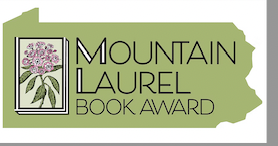 This program, formerly the Pennsylvania Young Readers’ Choice Award, has been renamed the Mountain Laurel Book Award. It offers students an opportunity to enjoy books nominated by their peers around the state and vote for their favorite. The link takes you to the current lists for 2025-2026 and the criteria. Students can even nominate books for the 2026-2027 list if they follow the criteria. Sign up to participate in the Mountain Laurel Book Award will be on your class’s Google Classroom. To be eligible to vote for their favorite book, participants need to read three books from one of the lists.
This program, formerly the Pennsylvania Young Readers’ Choice Award, has been renamed the Mountain Laurel Book Award. It offers students an opportunity to enjoy books nominated by their peers around the state and vote for their favorite. The link takes you to the current lists for 2025-2026 and the criteria. Students can even nominate books for the 2026-2027 list if they follow the criteria. Sign up to participate in the Mountain Laurel Book Award will be on your class’s Google Classroom. To be eligible to vote for their favorite book, participants need to read three books from one of the lists.
